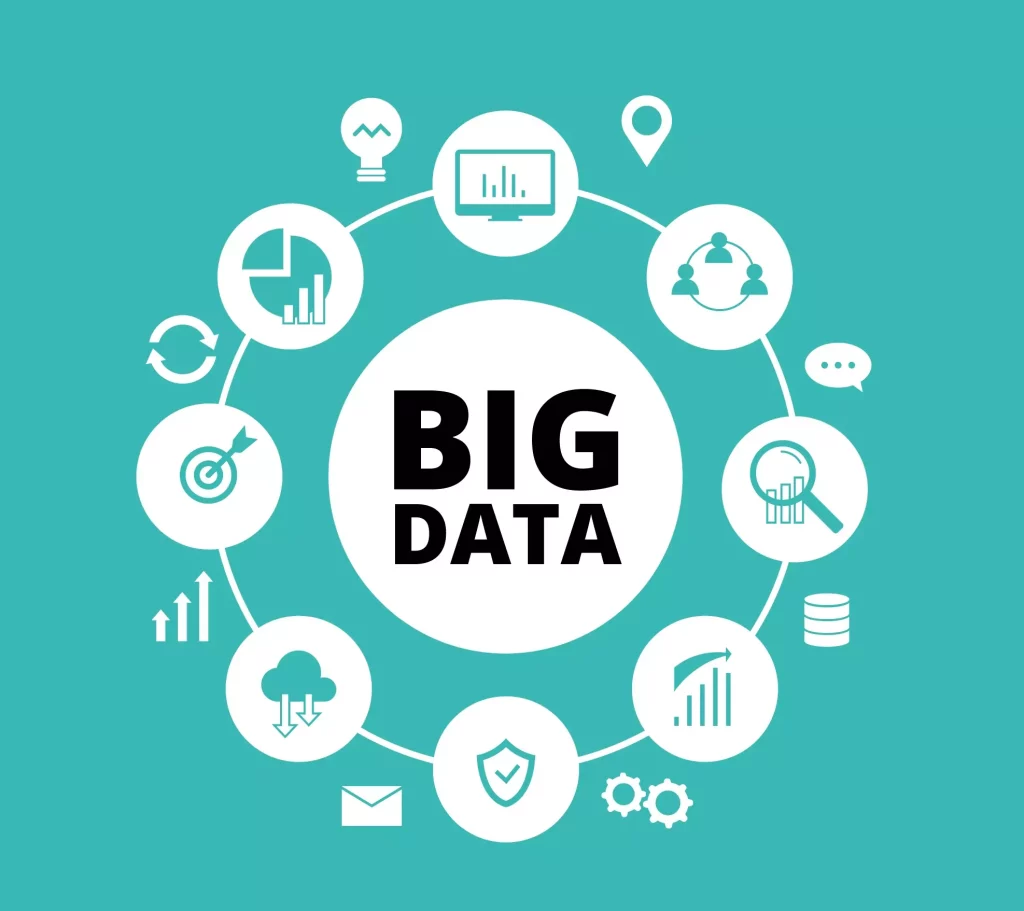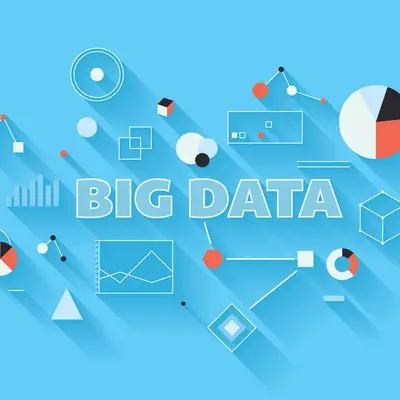Data-driven pursuits are currently dominating the behavior of progress. It is an integral part of the operation of diverse sectors like healthcare and finance. The growth of artificial intelligence in modern industry has further enhanced the utilization of big data. So, before understanding what is big data analytics, it is imperative to know that a large amount of data is procured every second from myriad sources like the web, social media, email, etc. at a constantly rapid rate. Such data can be structured, like Excel sheets and web results; semi-structured, like emails and XML; or even unstructured, like video, images, and audio.
Furthermore, with data becoming more and more elaborate and vague, traditional data analytics prove to be insufficient for Interpretation and Analysis. That is where the Capabilities of Big Data analytics become vital. Follow this blog to understand what big data analytics is.

What is Big Data?
Big data means sizable, complex, and diverse data, for example, research data. Businesses dealing with big data hold a competitive edge over others since they’re better informed.
For example, marketing firms may use big data to predict customer behavior, and transportation agencies may use it to anticipate traffic and manage routes.
Big data consists of 5 V’s. These are as follows:
- Volume: Big data is enormous in size and amount.
- Velocity: It refers to the pace at which new data is generated. It is desirable that the management, analysis, and storage of the data be done at the same rate so that the data’s utilization is optimal.
- Variety: Obtained from innumerable sources, big data is very diverse. Big data includes different kinds of data, which can be texts, images, audio, etc.
- Veracity: Data can be very incomplete and fake. The veracity of big data means how accurate and trustworthy it is. The higher the veracity, the better the quality of the data.
- Value: It refers to the usefulness and relevance of data. What makes data most valuable is not its volume or variety but the derivation of clear and meaningful insights from it. Valuable data enables quality decision-making in business.
Now that you know the features of big data, it will be easier to understand what is big data analytics.
What is Big Data Analytics?
It is beyond the capabilities of traditional analytical tools to read and handle such complex data sets. In contrast to such conventional tools, big data analytics refers to those techniques that help in processing, analyzing, managing, and storing high-volume, high-velocity, high-variety, and high-value data. Big data analytics is not at all a novel concept of operation.
Its advent, in fact, dates back to the 1960s or 1970s. Even before the term ‘big data’ was established, businesses would fit numbers and find patterns using massive spreadsheets. At first, only huge companies like Google and Microsoft were the ones to adopt Big Data Analytics; gradually, it gained the attention of small-time setups as well. Today, it is so deeply imbibed in the ecosystem of the market that almost every other business is empowered by big data analytics to decode meanings, patterns, and co-relations concealed in the complications of huge data sets in order to figure out intelligent solutions and agile decisions.
The Working of Big Data Analytics
Big data analytics includes the following processes:
- Collection of data: First, data is collected from various sources. Modern tools allow the acquisition of different kinds of data (structured or unstructured). Most data is housed in the data warehouse; however, in cases of poorly defined data, a data lake is used. Different companies operate in different ways to collect data. This step is also known as data ingestion.
- Processing of data: once data is received, it needs to be worked on and converted into more clear and organized forms. The data is verified, sorted, and filtered so that analytical queries can be answered. Different approaches for processing the data may be opted for, depending on time and expense.
- Cleansing of data: in order to improve the quality of data and the accuracy of results, data cleansing is vital. Various flaws including duplications, redundancies, inconsistencies, and errors in formatting, are rectified and corrected. If the data scrubbing is not done, then the dirty data can produce defective analysis.
- Analysis of data: After the raw material goes through the above-mentioned stages of grinding, it is all set to be analyzed so that it can finally become useful for giving valuable insights and conclusions. Many tools and technologies may be used, for example, AI, data mining, predictive analysis, deep learning, etc.
Big Data Analytics Tools
There are several tools and technologies that support it. A few are named below:
- Hadoop stores and processes large amounts of structured or unstructured data.
- Spark is a real-time data processing platform. It caters to large data sets.
- Tanlend helps integrate data.
- Data mining tools help search within large data sets.
Some other prominent tools are Apache Hive, Tableau, Cloudera, etc. Such tools help in efficiently analyzing raw data and drawing business outcomes.
The Importance of Big Data Analytics
Big data analytics has become the trump card in the market for lucrative strides and competitive superiority. Its benefits are listed below:
- Agile decisions: Surplus information extracted by accurately analyzing data can help grease the machinery of business by enabling it to make intelligent deals and decisions.
- Customer retention: a well-informed organization will be able to satisfy the needs of its customers very efficiently. Not only will it be able to retain customers, but it will also acquire more of them.
- Better savings: Furthermore, relevant knowledge and precise insights about consumer behavior or market dynamics can ensure cost optimization.
- Risk identification: Moreover, businesses will become aware of potential threats and risks. Such awareness will enable them to make safe and lucrative choices.
Henry Harvin Course
Indeed, Henry Harvin is one of the top edtech companies with an excellent global reputation. It offers over 1200 certified courses, diplomas, and doctorate programs. The intricate curriculum, paired with quality guidance, makes Henry Harvin the perfect place for beginners as well as professionals to hone their skill sets.
The Big Data Analytics Course offered by Henry Harvin is an integrated program designed by excellent experts. It is a 9-in-1 course consisting of:
- Training: online interactive classes
- Projects (using tools like SQL, Spark, etc.)
- Internship
- Certification Course
- Certification
- Placement: 100% placement guarantee
- E-Learning: tools, content, assessments
- Masterclass
- Hackathons
- Membership
So, If you wish to find a footing in this competitive field, this Henry Harvin course is perfect for you. Also, It will help you gain insights in various areas like analytics technology, data science, business dynamics, and more to help you reap career benefits.
Conclusion
Certainly, Big data analytics is like a massive mine of golden opportunities as it helps businesses, running in various areas, make professional progress by improving and optimizing. It is here to revolutionize the entire working world, and a career in this field is surely very promising as well. This blog will provide you with an explanation of what data analytics is and its importance so that you can catch up with the latest developments.
FAQs
Ans. Learning it can definitely be a bit tricky but, if you show diligence and regularity, you will be able to get a good grip of it.
Ans. The sources can be media, sensors, or even transactional.
Ans. A career in big data analytics will surely open a wide array of opportunities. You can become a data scientist, engineer, administrator, or even a manager, etc.
Ans. Yes, it can be used to track each student’s performance and make plans for assessments.
Ans. There are some difficulties that you can face with big data analytics. Certain challenges could be data inaccuracy, security concerns, data quality, and accessibility issues.



